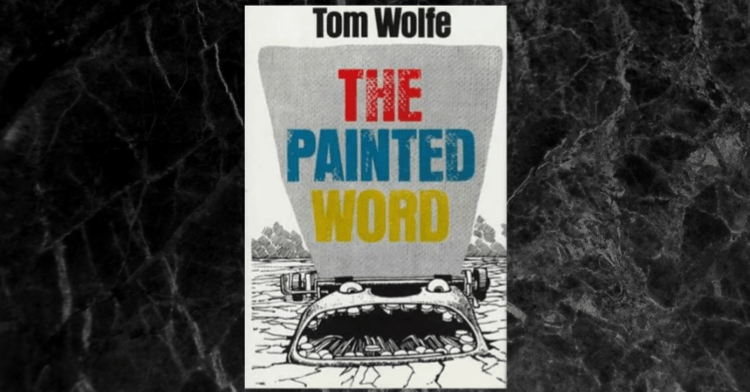


05/03/2008
From an art exhibit review in The New York Times by Roberta Smith:
Art is long, art criticism is often very, very brief, its Internet afterlife notwithstanding. Its viability relies on a mixture of prose style, sound-bite concepts, timing and its ability to clarify visual experience. Naming a major art movement can also help embed a critic in a period’s cultural achievement or its mythology.
Clement Greenberg and Harold Rosenberg met many of these requirements, especially the myth part. Tenacious Jewish intellectuals formed by the leftist ferment of New York between the world wars, both entered the 1940s as lapsing Marxists drawn to culture and especially the new painting they saw emerging around them. In the late 1940s and ’50s they were Abstract Expressionism’s most prominent champions, defining its leaders, principles and achievements, often in diametric opposition to each other. Mounting mutual dislike was their bond.Rosenberg and Greenberg are reunited in “Action/Abstraction: Pollock, De Kooning and American Art, 1940-1976,” a fast-moving exhibition at the Jewish Museum. Their names aren’t on the marquee, but their rivalry provides the structure for this exceedingly handsome if somewhat peripatetic show.
Tom Wolfe must be very happy because even though the review doesn’t mention his name, this exhibit illustrates his short and very funny 1975 book The Painted Word, which concentrated not on the famous painters of the post-war era, Jackson Pollock, Willem de Kooning, and Jasper Johns, but on the critics who composed the theories behind them: Clement Greenberg, Harold Rosenberg, and Leo Steinberg, respectively:
As for the paintings — de gustibus non disputandum est. But the theories, I insist, were beautiful. … I am willing … to predict that in the year 2000, when the Metropolitan or the Museum of Modern Art puts on the great retrospective exhibition of American Art 1945-75, the three artists who will be featured, the three seminal figures of the era, will not be Pollock, de Kooning, and Johns — but Greenberg, Rosenberg, and Steinberg. Up on the walls will be huge copy blocks, eight and a half by eleven feet each, presenting the protean passages of the period … a little "fuliginous flatness" here … a little "action painting" there … and some of that "all great art is about art" just beyond. Besides will be small reproductions of the work of leading illustrators of the Word from that period …
Not surprisingly, the famous painters tended to be gentile, while the famous critics tended to be Jewish, as the different distributions of visual and verbal intelligence would predict.